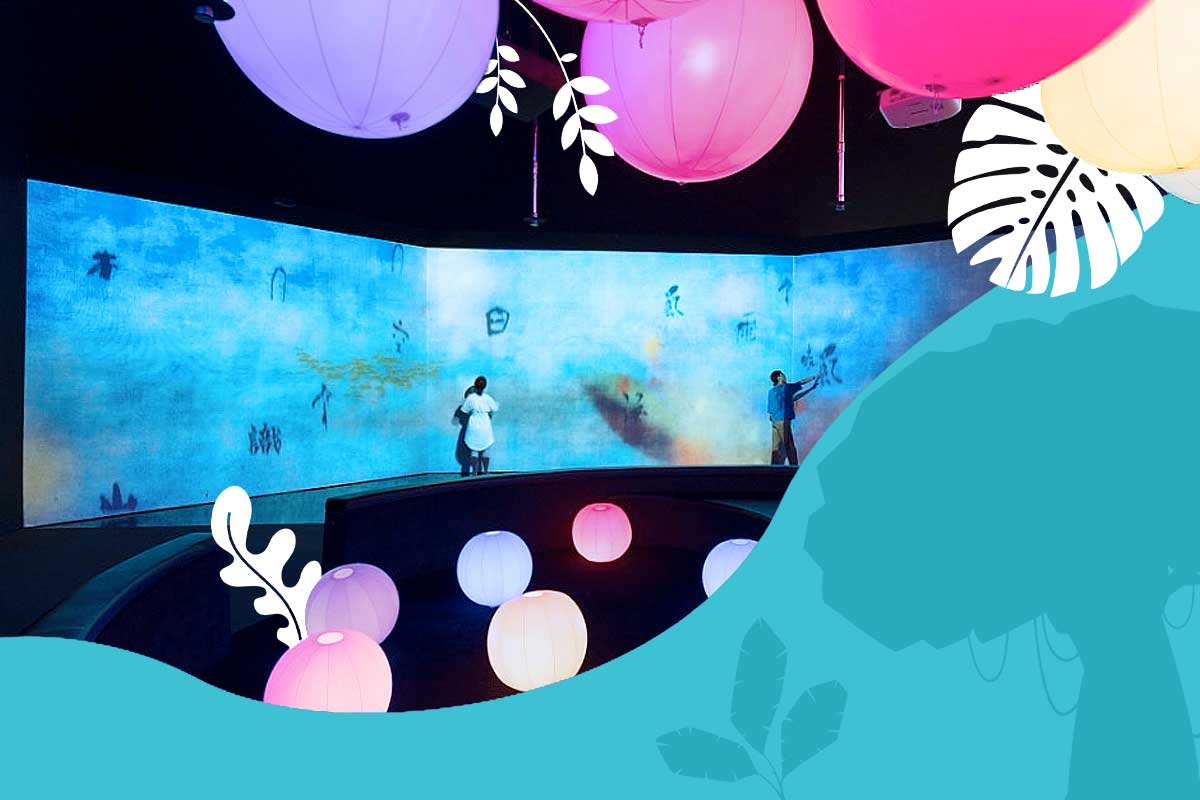The importance of experiential learning in children

We live in a society that is dynamic and ever-changing. Traditional rote learning methods such as memorising and reading from the textbook are no longer sufficient means for children to acquire knowledge and life skills. In fact, schools have increasingly started to incorporate different methods of learning where kids take on a more active role as opposed to a passive role in their learning journey. One of which is leveraging the idea of “experiential learning”.
What is experiential learning?
Simply defined, experiential learning is the process of “learning through doing”. In a way, experiential learning turns “textbook knowledge” into applicable real-life skills. David Kolb, the psychologist who proposed the theory of experiential learning defined it as the “process whereby knowledge is created through the transformation of experience”. This theory proposes four main stages:
- Concrete Experience – actively participating in the learning experience, such as engaging in a hands-on activity
- Reflective Observation – reflecting back at the learning experience
- Abstract conceptualization – developing theory and concepts from the observations of the experience
- Active experimentation – applying and testing out the theories to real-life situations
How to leverage experiential learning in kids?

Given children’s active and innate inquisitive nature, experiential forms of learning may be more interesting for them. As a parent, here are a few mediums you can explore to encourage experiential learning:
1. Visit a museum
Visits to museums and galleries have become a very popular form of experiential learning activity for kids. In order for it to be an effective platform for experiential learning, museums should include a diverse range of interactive exhibitions to encourage active participation. One of such highly interactive exhibitions is Future World: Where Art Meets Science at ArtScience Museum. The exhibition features educational digital exhibitions that blend art, science, culture and technology for both adults and children to interact with.
2. Grow a plant with your kid
If you want to teach your child about the growth of a plant, one of the best ways to do it is to grow a plant with them. Gardening with kids is not only a wonderful way to bond with your kids but it can also be an effective learning experience for kids themselves. Learning more about the nature, composition, and life-cycle of plants through hands-on gardening activities is a direct way for kids to experience the world around them. You can even ask your children to name out the differences between plants or encourage them to actively participate in the learning process by letting them draw out the various parts of the plants.
3. Engage in social play and games
We all know that kids love to play. It turns out that social play such as sand-castle building or role-playing with other kids can be a form of experiential learning as well. Through social play with others, children can learn important life skills such as collaboration, assertiveness and conflict resolution. Playing board games like Monopoly can also be a great way to learn about the concept of money and numbers. Board games are a fun way to allow children to understand and learn the importance of social rules in real-life context.
Benefits of experiential learning

From visiting museums to engaging in social play and games, experiential learning offers a wide range of benefits that contribute to a child’s development:
1. Enhances learning through real-world relevance
The nature of experiential learning often encourages kids to be more directly involved in the learning process. As the kids interact with the information presented in a hands-on manner, they may be able to grasp concepts better. Future World: Where Arts Meet Science at ArtScience Museum is a platform in which such interactive mode of learning is available. At the Inverted Globe, Giant Connecting Block Town, kids get to build their own city by developing transport networks, waterways and houses using building blocks, and observe how the city landscape evolves in a real-world context. This allows children to gain first-hand experience and understanding of how different elements in our society are interconnected.
2. Increases physical movement
Experiential learning often takes place outside of classrooms and home. As a result, it often encourages more physical body movement as compared to traditional methods of classroom learning. Physical movement is proven to increase feelings of joy, and reduces stress and anxiety. Not only that, research has shown that it is proven to be beneficial to your kid’s eye health and reduces susceptibility to other eye diseases later on in life. The Park and City of Garden segments of the Future World: Where Art Meets Science are spaces specially designed to encourage movement! They are somewhat like an indoor playground where children can have fun Sliding through the Fruit Field, or hopping through their customised digital Hopscotch. They also get to reflect on their fun play afterwards.
3. Boosts creative problem solving skills
One of the most important skills that predict a kid’s success later on is the ability to problem solve creatively. Creative approaches to problem solving are often a by-product of experiential learning experiences. Kids who are encouraged to learn through their experiences, tend to be able to seek out multiple solutions to a problem. The next time your child faces a challenge during a hands-on activity, encourage them to think out of the box and brainstorm possible solutions. By allowing your kids to experiment, reflect and try out new things, you will be surprised by how much they can develop new innovative ways of thinking!
Thinking on how you can maximise your kid’s experiential learning? Book a trip to Future World: Where Art Meets Science at ArtScience Museum! Ticket purchase and more info here.
Tools Designed for Healthier Eyes
Explore our specifically designed products and services backed by eye health professionals to help keep your children safe online and their eyes healthy.
